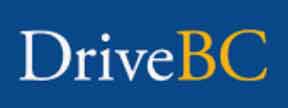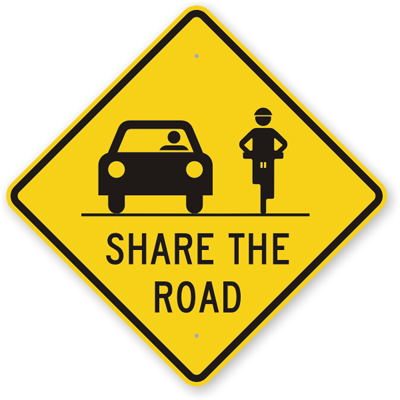Share the Road
Mainroad maintains bike pathways and conducts regular patrols and monitoring of Service Area Provincial numbered highways, right-of-ways, and bridges.
Cyclists (and Drivers), when you see debris or a hazard on a Provincial Highway, Bridge or Bike Path please report it! Be as descriptive as you can about the debris location. Our call centre is open 24/7! Please call 604-271-0337 or any of Mainroad’s 24 hour hotlines serving your local area.
Need more info? Read about schedules and more from The Ministry of Transportation and Infrastructure here: https://www.tranbc.ca/2022/04/25/clear-the-way-how-highway-sweeping-works-in-bc/
George Massey Tunnel Shuttle for Cyclists
Cyclists are not permitted to travel through the George Massey Tunnel. A free shuttle service is available to travel safely from one side of the tunnel to the other. Or travel through the tunnel with Translink —all buses that travel through the tunnel have racks for two bikes.
**Electric Bike Restrictions as per Translink Requirements:
Electric bicycles are permitted on bike racks under the following conditions:
- Weigh less than 25 kg (55 lbs).
- Wheels fit properly in the bike rack.
- The bike includes lithium battery.
- Customers must remove the battery and bring it onboard the bus. We recognize that removing the battery on some e-bikes would not be practical and in this case, the operator would allow the bike on the shuttle.
- Scooter-style electric bikes are not permitted on bike racks. They weigh too much and don’t fit properly on the racks.
- Cyclists are responsible for properly loading and unloading their bike. Neither Mainroad nor its operating subsidiaries are liable for any property damage or bodily harm caused by loading and unloading of bikes.
Need a lift? Here’s the service schedule for the George Massey Tunnel Bike Shuttle.
Download these helpful safety tips:
Safe Driving Tips | Drivers
- Please be aware of cyclists. Scan in all directions, and carefully check mirrors and blind spots for cyclists. Make eye contact with cyclists if you can.
- When turning right or pulling over on a bike lane, signal well in advance and yield to cyclists.
- When crossing a bike lane, entering a road way or getting in and out of a parking spot, do a shoulder check, signal well in advance and yield to cyclists.
- Keep a safe distance. Maintain at least three seconds behind cyclists and at least one metre when passing a cyclist.
- If there is no shoulder, or it is an unsafe shoulder, a cyclist will have to ride to the left of the white line.
- Stay Alert! Keep your phone and other distractions out of sight.
- Scan for cyclists before opening your door to prevent injury and fines.
Safe Riding Tips | Cyclists
- Keep your bike tuned up and your helmut in check before the season starts.
- Before you launch, plan your route to travel bike lanes and paths as much as possible and give yourself plenty of time.
- Wear a helmut and reflective gear to help keep you visible in all weather and at all times of the day.
- Be visible – ensure other road users can see you. Some vehicles have blind spots and cannot see you.
- Be aware of what’s going on around you at all times and keep an eye on the road well ahead for hazards.
- Use bike lanes when available and shoulders where possible.
- Use caution around parked vehicles. Be aware of people in vehicles as well as taxis to avoid getting hit by an opening door. It’s best to keep at least one metre away from parked vehicles.
- When riding on shared paths, ride on the right hand side to ensure the safety of all cyclists and pedestrians.
- Be predictable – ensure other road users know where you are going.
- Communicate | Use Signals – ensure other road users know what you are doing, or what you want to do.
Download a Free Copy of the Metro Vancouver Cyclist Handbook




